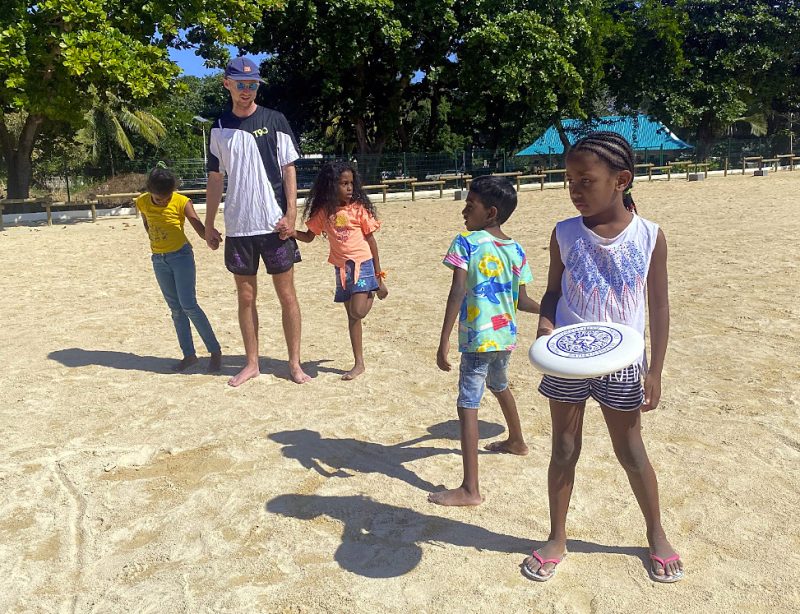
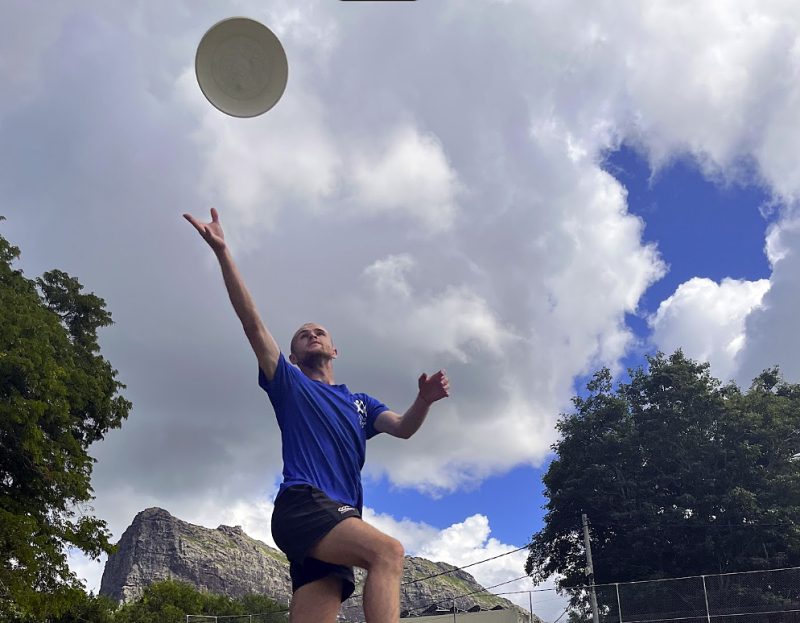
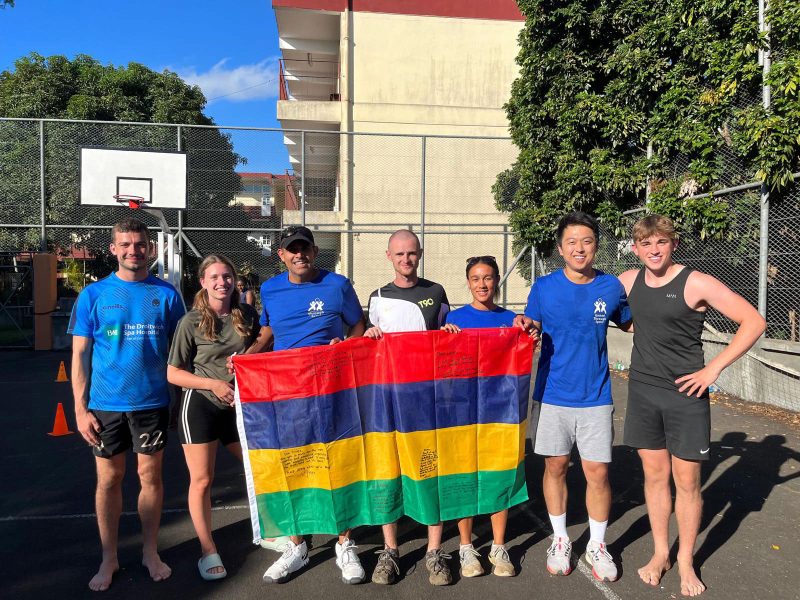
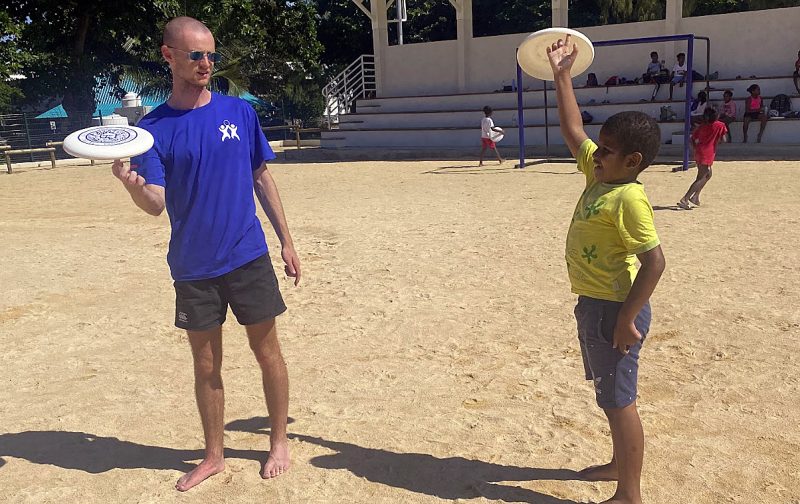


Ultimate Frisbee Development Project in Mauritius
Join us in Mauritius to coach Ultimate Frisbee in schools and youth centres through a partnership with the Ministry of Youth Empowerment, Sport and Recreation and ...


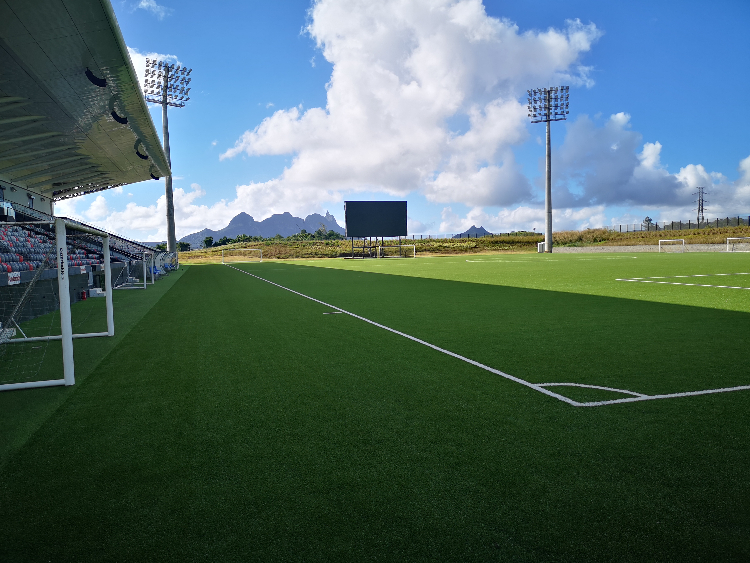


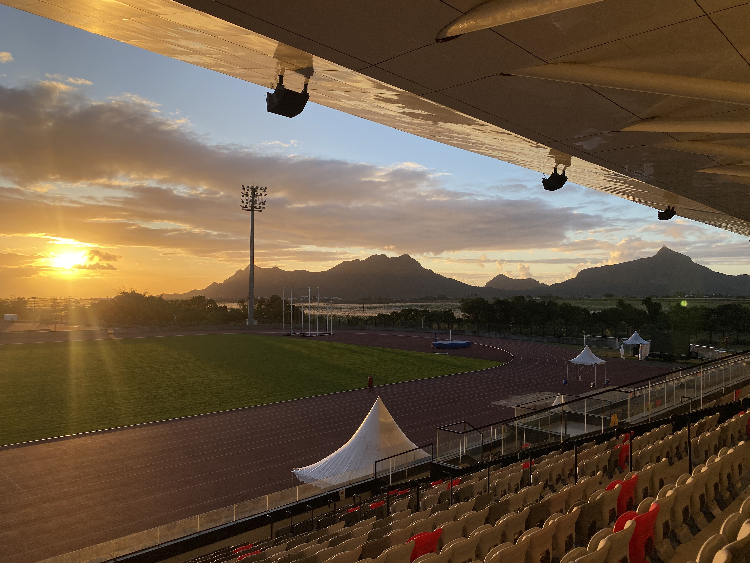
Sports Physiotherapy Internship in Mauritius
Take part in a sports physiotherapy internship in Mauritius and work alongside the countries top sports facilities at The Cote d’Or National Sports Complex. ...
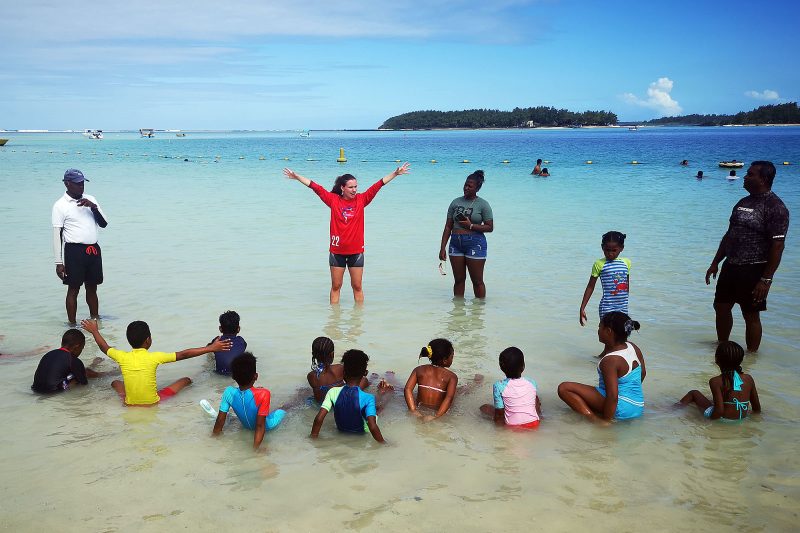
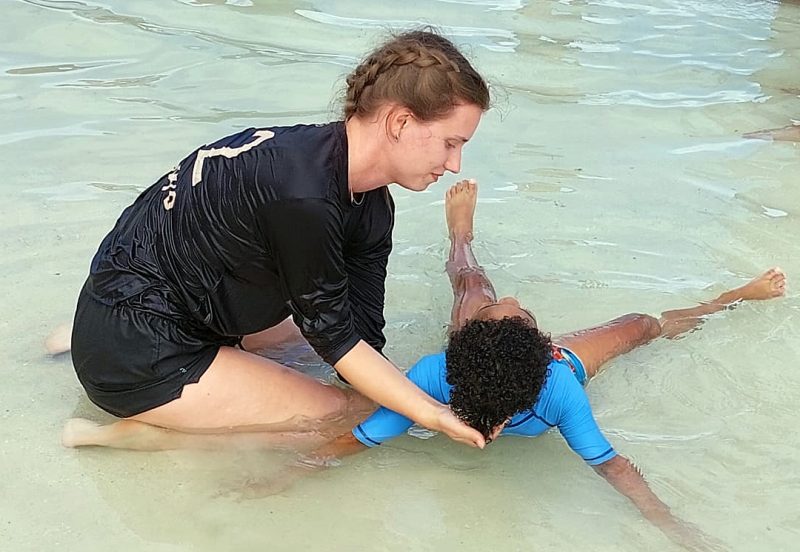


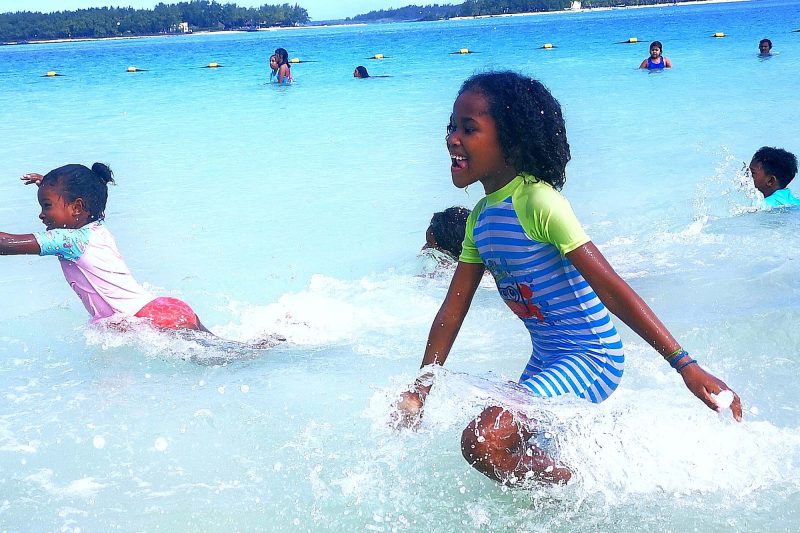

Swimming Teaching Volunteer Project in Mauritius
Dive into the turquoise lagoons of the tropical island of Mauritius, teaching swimming in open water on pristine beaches in cooperation with youth centres as well ...





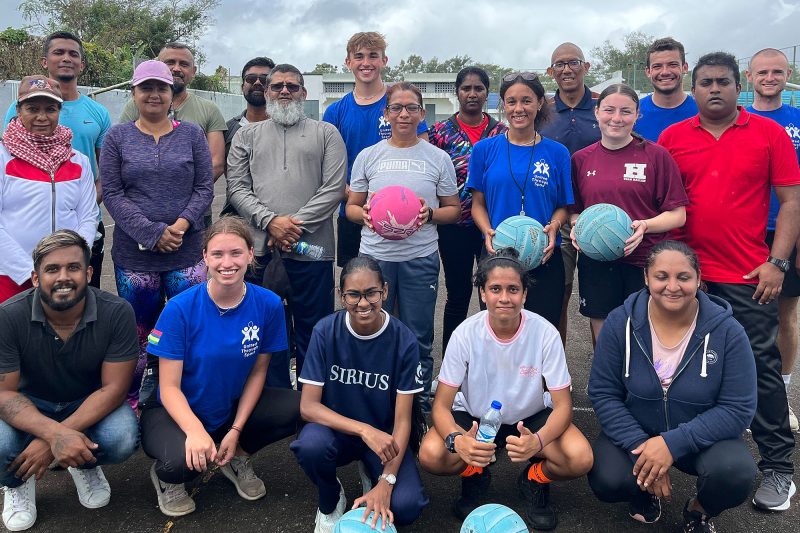
Netball Coaching Development Project in Mauritius
Join us in Mauritius to support and advance netball, a newly established sport on the island. Collaborating with local communities across Mauritius, your role is pivotal ...


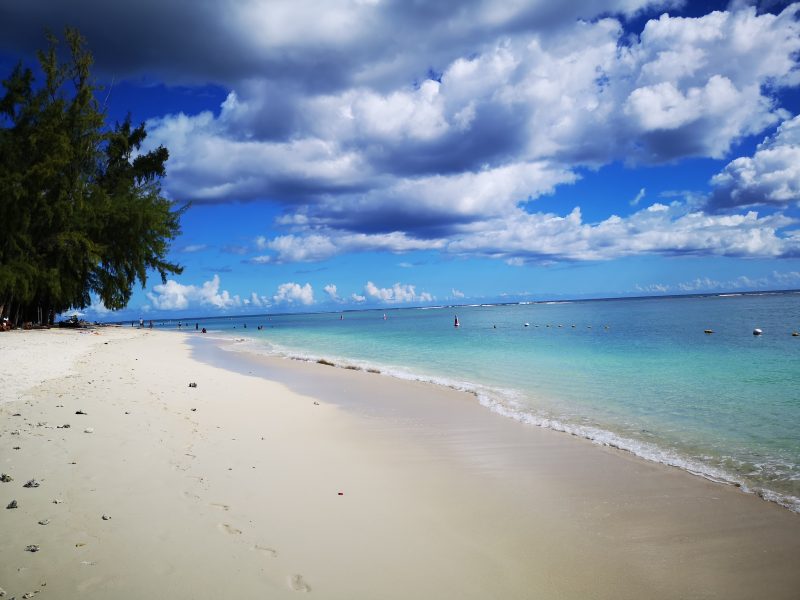
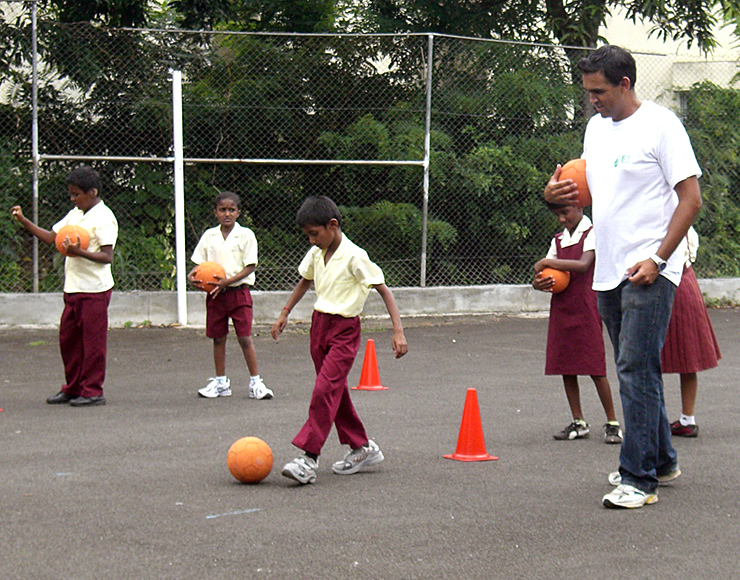
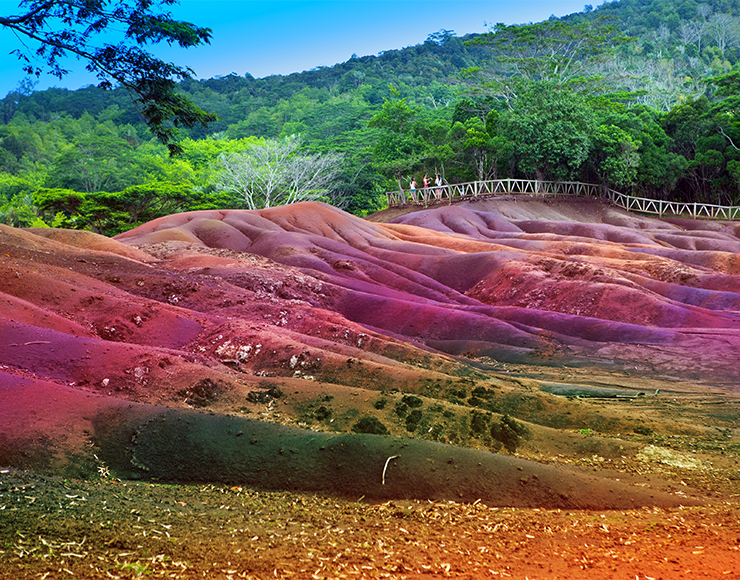

Sports Development Internship in Mauritius
Support our sports development coaching and playing programmes on the Indian Ocean paradise island of Mauritius. Contribute to community sports development whilst gaining relevant sports experience ...





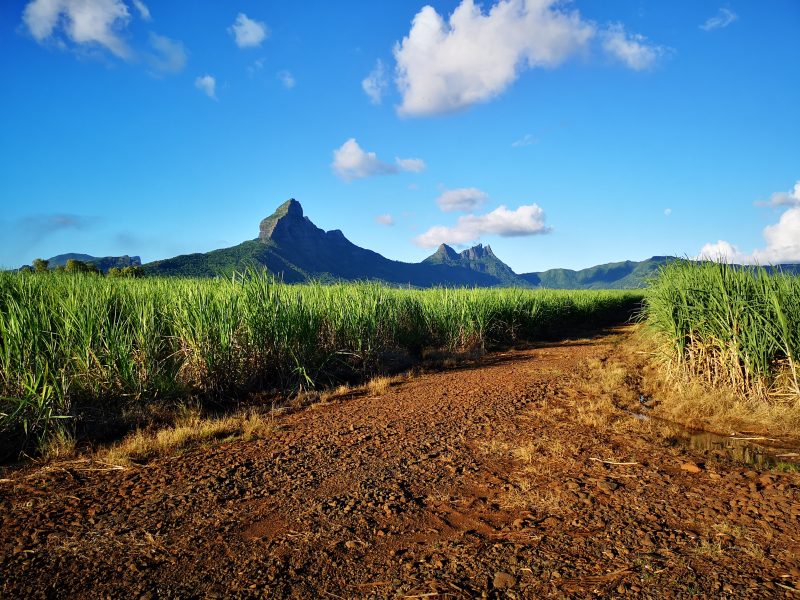
Handball Coaching and Playing Project in Mauritius
Join us in Mauritius to promote and develop handball through a partnership with the Ministry of Youth Empowerment, Sport and recreation, your role is crucial in ...


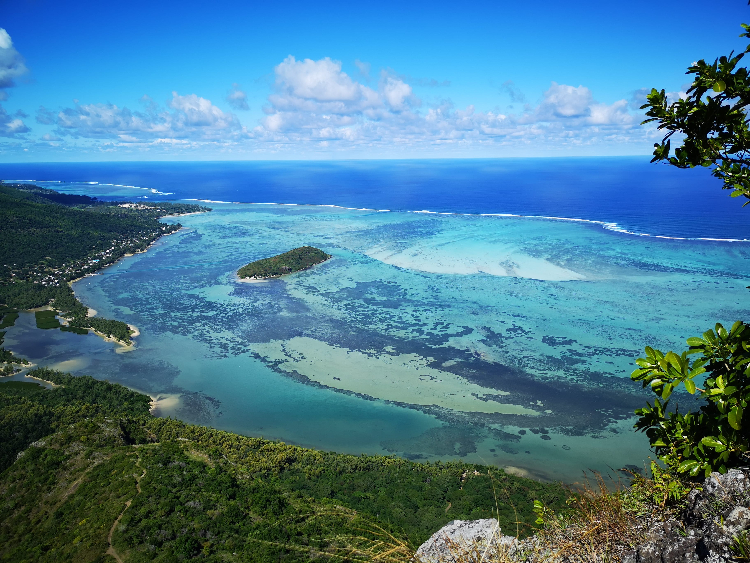


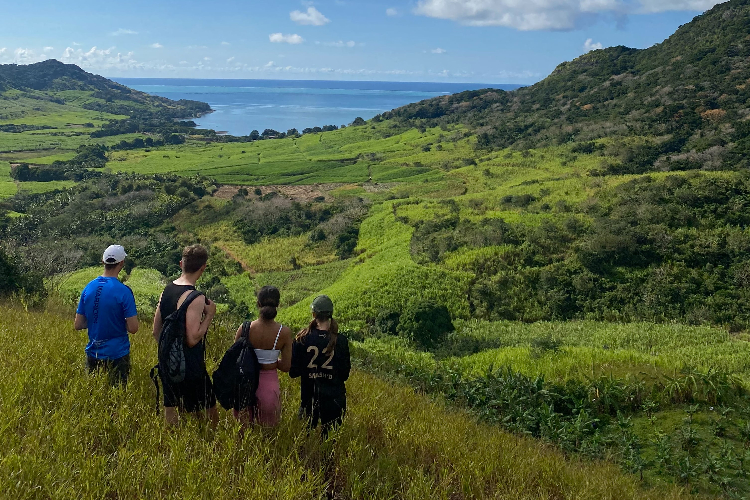
Volleyball Coaching and Playing Project in Mauritius
Join us in Mauritius to further develop volleyball in schools and youth centres through a partnership with the Ministry of Youth Empowerment and Sport and the ...



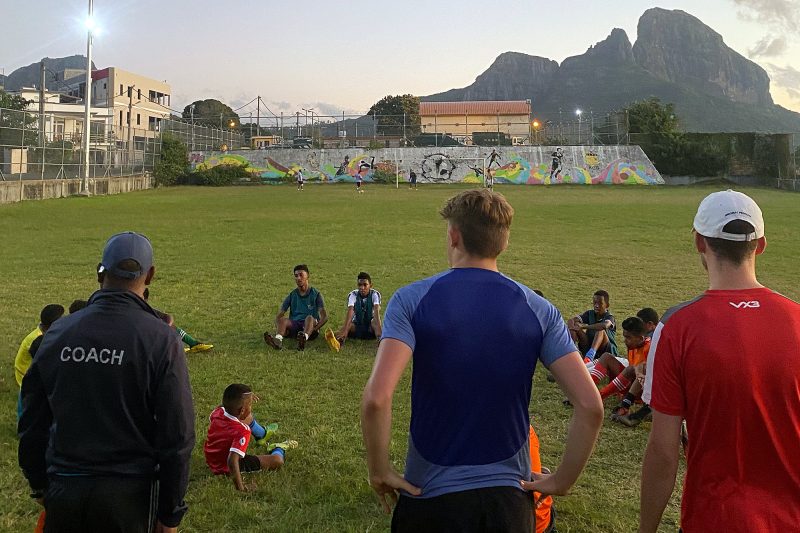


Football Coaching and Playing Project in Mauritius
Head out to the paradise island of Mauritius, coach football in schools and the community, raising the level of the game. Be a part of a ...


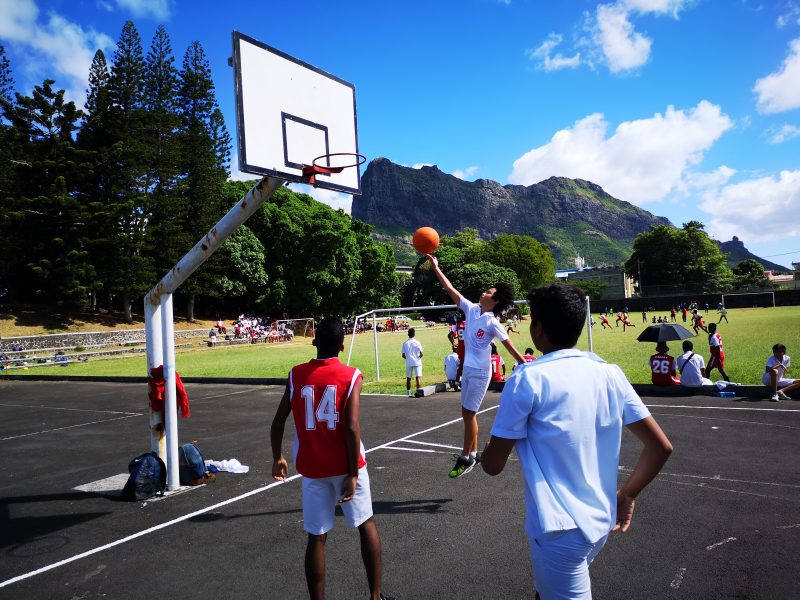
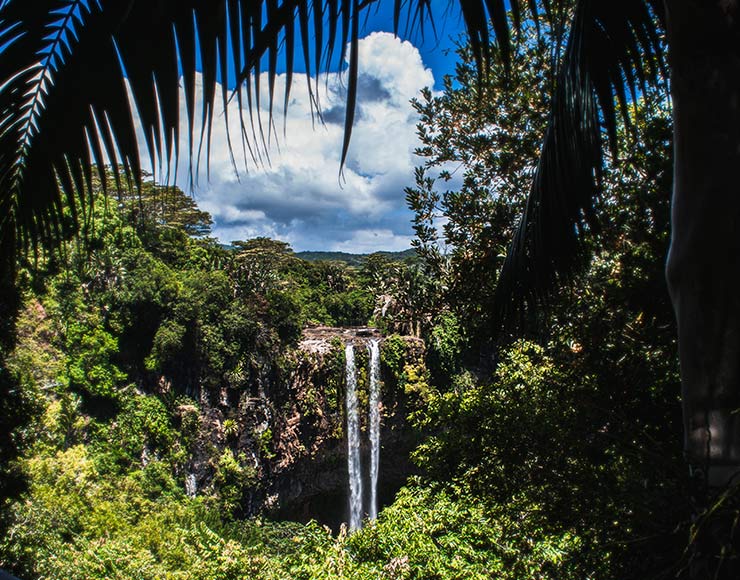

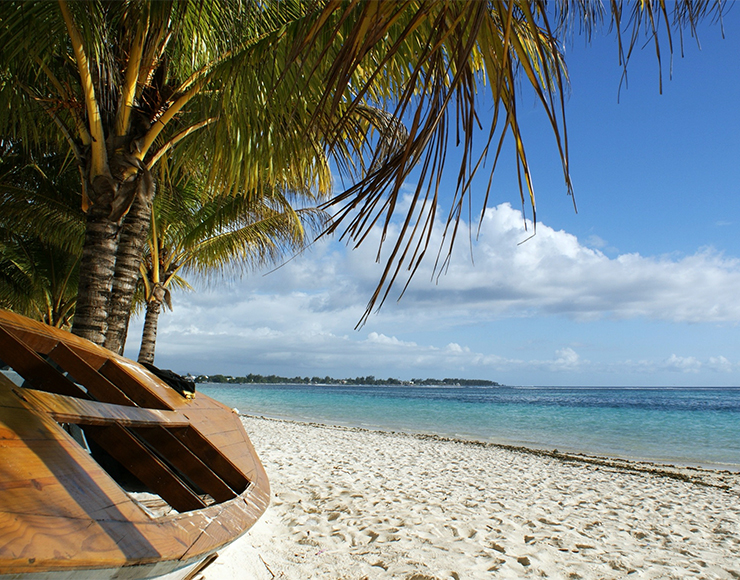
Basketball Sports Group Tour in Mauritius
Jet off to the paradise Indian Ocean on Basketball Sports Tour to Mauritius. Your sports team will compete against local teams depending on the age category. ...





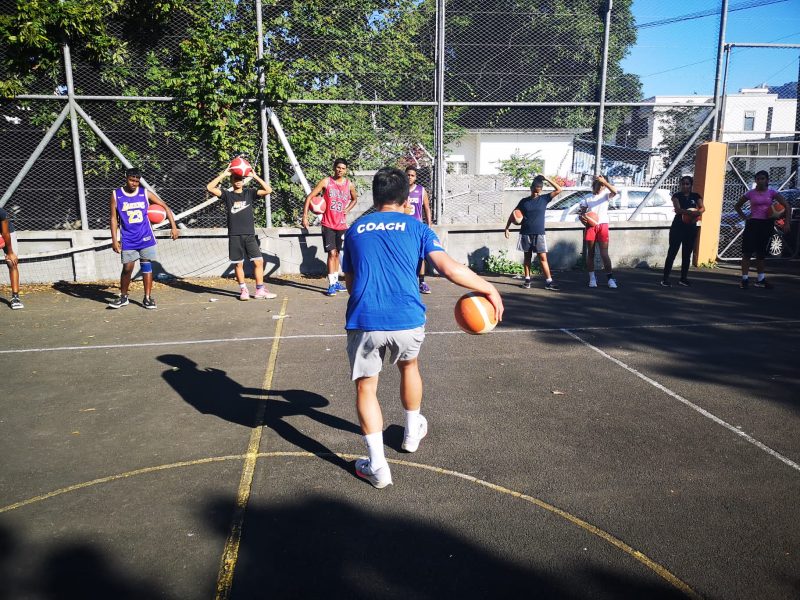
Basketball Coaching and Playing Project in Mauritius
Travel to Mauritius to coach basketball in the sunshine. As a basketball coach you will be delivering training to schools, local community youth groups and national ...




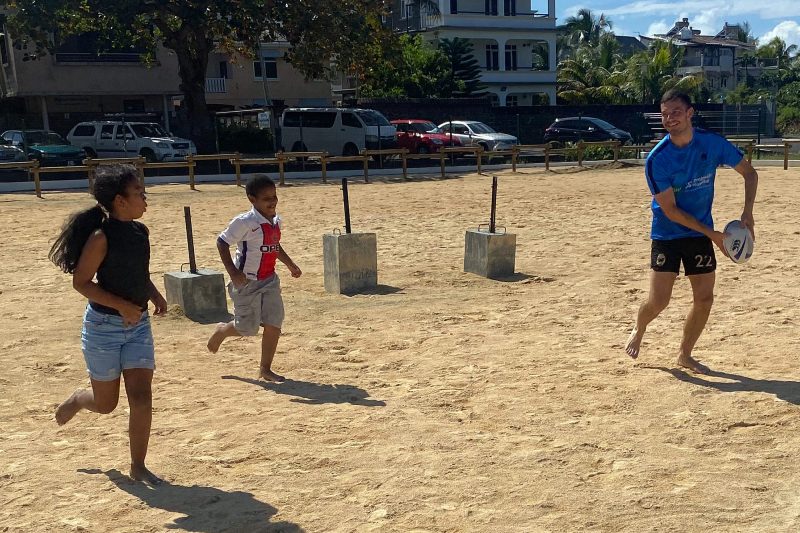

Rugby Coaching Development Project in Mauritius
Join us in Mauritius to introduce rugby to the local population through a partnership with the Ministry of Youth Empowerment, Sport and Recreation and the Ministry ...